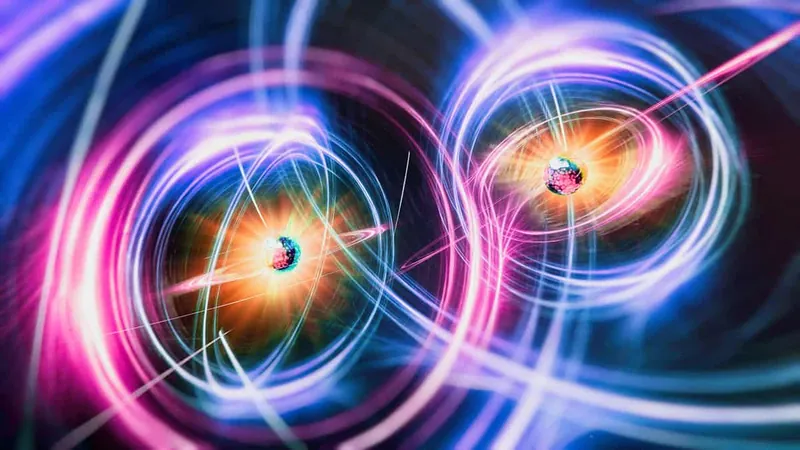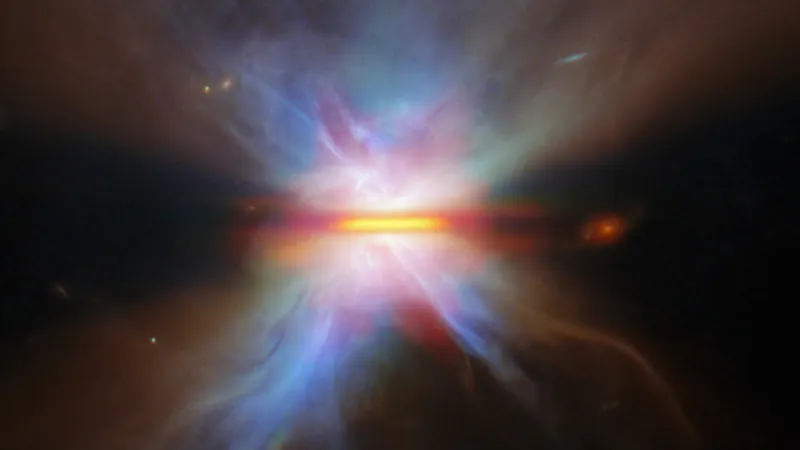
Unmasking the Hidden Threat: How Space Affects Microbes in NASA Cleanrooms
2025-09-04
Author: John Tan
Microorganisms are more than just tiny life forms; they can significantly influence NASA’s missions. From sabotaging the integrity of spacecraft materials to potentially risking crew health, microbial contamination is a serious concern.
NASA has stringent cleaning and sterilization protocols in place, but the stakes are high, and there's a pressing need to further control microbial contamination. To tackle this issue, researchers delved into the microbial life lurking in both cleanrooms and uncontrolled spaces at the Marshall Space Flight Center.
Their investigations unveiled startling genomic features across four microbial species. These include critical genes for vital processes such as amino acid biosynthesis, carbohydrate metabolism, and stress responses. One standout was Erwinia sp. PPS120, boasting a genetic makeup that indicates robust metabolic flexibility and impressive stress resilience, particularly when faced with oxidative stress.
Perhaps the most intriguing find was strain A. koreensis PPS68. This microbe is equipped with unique genetic traits that could be key to surviving harsh conditions like desiccation and ionizing radiation. The genes it possesses offer insights into its capabilities for oxidative stress resistance, membrane stability, and effective nutrient acquisition. These functions parallel those found in known radioresistant strains, signaling that A. koreensis is well-prepared to endure the challenges of space.
Understanding how simulated space conditions affect these microbes is not just an academic exercise—it’s crucial for the future of space exploration. Such knowledge could be the difference between mission success and catastrophic failure.



 Brasil (PT)
Brasil (PT)
 Canada (EN)
Canada (EN)
 Chile (ES)
Chile (ES)
 Česko (CS)
Česko (CS)
 대한민국 (KO)
대한민국 (KO)
 España (ES)
España (ES)
 France (FR)
France (FR)
 Hong Kong (EN)
Hong Kong (EN)
 Italia (IT)
Italia (IT)
 日本 (JA)
日本 (JA)
 Magyarország (HU)
Magyarország (HU)
 Norge (NO)
Norge (NO)
 Polska (PL)
Polska (PL)
 Schweiz (DE)
Schweiz (DE)
 Singapore (EN)
Singapore (EN)
 Sverige (SV)
Sverige (SV)
 Suomi (FI)
Suomi (FI)
 Türkiye (TR)
Türkiye (TR)
 الإمارات العربية المتحدة (AR)
الإمارات العربية المتحدة (AR)